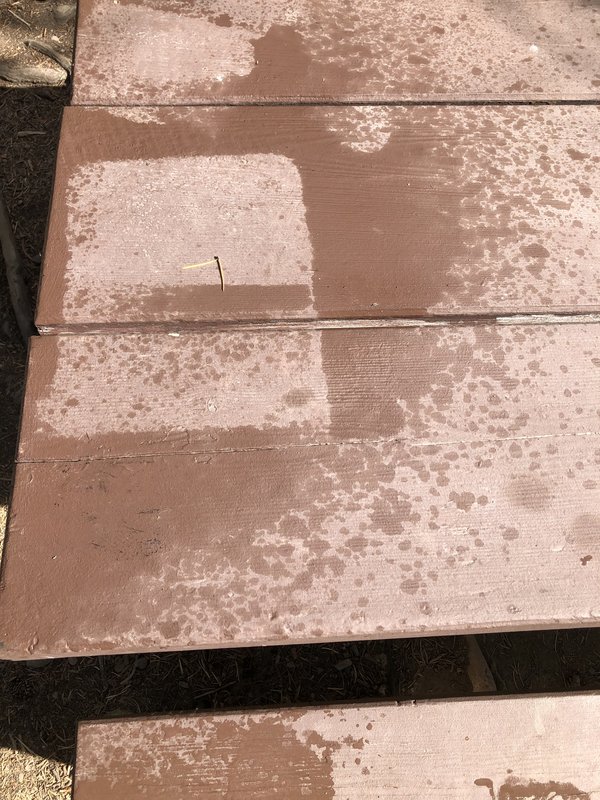I have what may be a very basic question...something that I find quite confusing and have not gotten an answer to.
The question has to do with the fact that I see a lot of van conversions with permanent propane stoves built in place inside the van, and I'm wondering how do folks do this, since propane camp stoves all come with a warning not to ever use them indoors in enclosed environments, due to the danger of carbon monoxide fumes. Can anyone explain this to me? Is there a difference between the kind of stoves I see built in, in vans, versus the propane camp stove eg the standard Coleman 2 burner camp stove that uses the standard propane cans?
I designed the van without a built-in stove, in part because I thought the fumes from a propane stove would be dangerous inside the van. But, I would like to be able to use my camp stove inside the van at times, if its' safe.
The question has to do with the fact that I see a lot of van conversions with permanent propane stoves built in place inside the van, and I'm wondering how do folks do this, since propane camp stoves all come with a warning not to ever use them indoors in enclosed environments, due to the danger of carbon monoxide fumes. Can anyone explain this to me? Is there a difference between the kind of stoves I see built in, in vans, versus the propane camp stove eg the standard Coleman 2 burner camp stove that uses the standard propane cans?
I designed the van without a built-in stove, in part because I thought the fumes from a propane stove would be dangerous inside the van. But, I would like to be able to use my camp stove inside the van at times, if its' safe.





